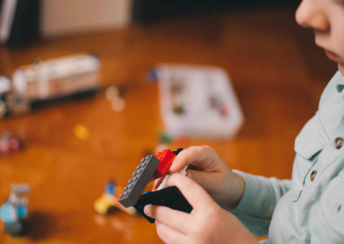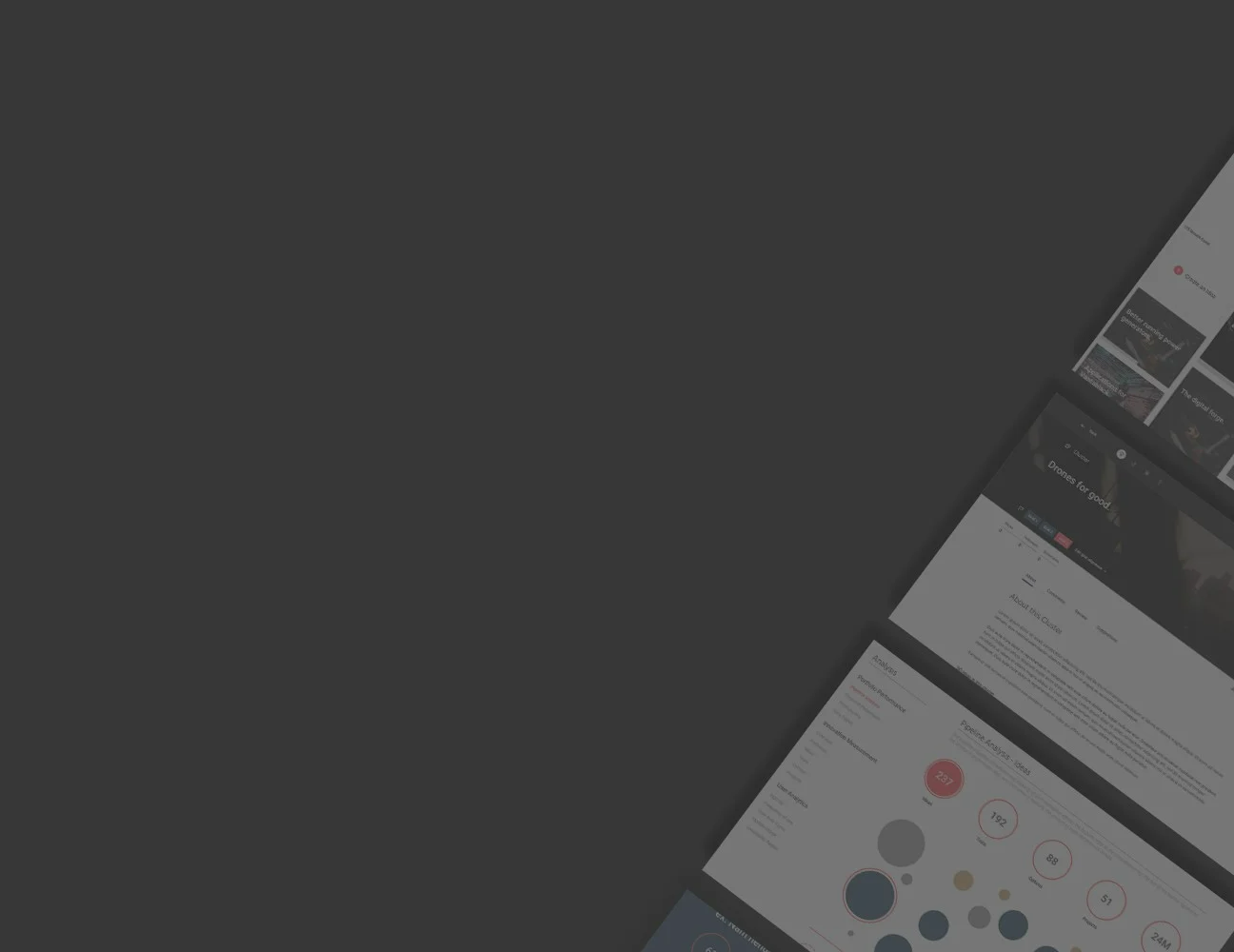
The Museum of Innovation Failure enjoyed a lot of press coverage recently, which is how I first came across Samuel. But although I wanted to ask him about that, I was also interested to see that his academic work has been focused on creativity at work — a subject close to my heart.
I thoroughly enjoyed our conversation about play and playful approaches to work, as well as the technology of foolishness as an antidote to too much rationality. Samuel is a psychologist who worked in clinical practice for a number of years before doing a PhD in Lund focusing on creating a climate of creativity in organisations.
What was it particularly that drew you to the subject of play and creativity?
My initial focus was on happiness or wellbeing at work, and then my pre-research showed a strong link between creativity and wellbeing at work.
If you increase wellbeing at work you can increase the employees’ opportunities to use their creativity, and vice versa. That’s how I got into creativity and then I stumbled on some articles about play. I thought this was exciting unexplored territory, so I spent seven years researching it.
One of my recent interviews was with someone who came to innovation through an interest in happiness, so it’s interesting to hear that there is a link between creativity and wellbeing. Can you tell me more?
Happiness at work and creativity are two different things, but if you look at which organisational factors promote or facilitate happiness at work, they’re strikingly similar to the ones that promote creativity. They’re not 100 per cent identical, but they overlap by about 70–80 per cent. So how do you get your employees to be more creative? Well, you make them happier. How do you make people more happy? You let them be creative.






